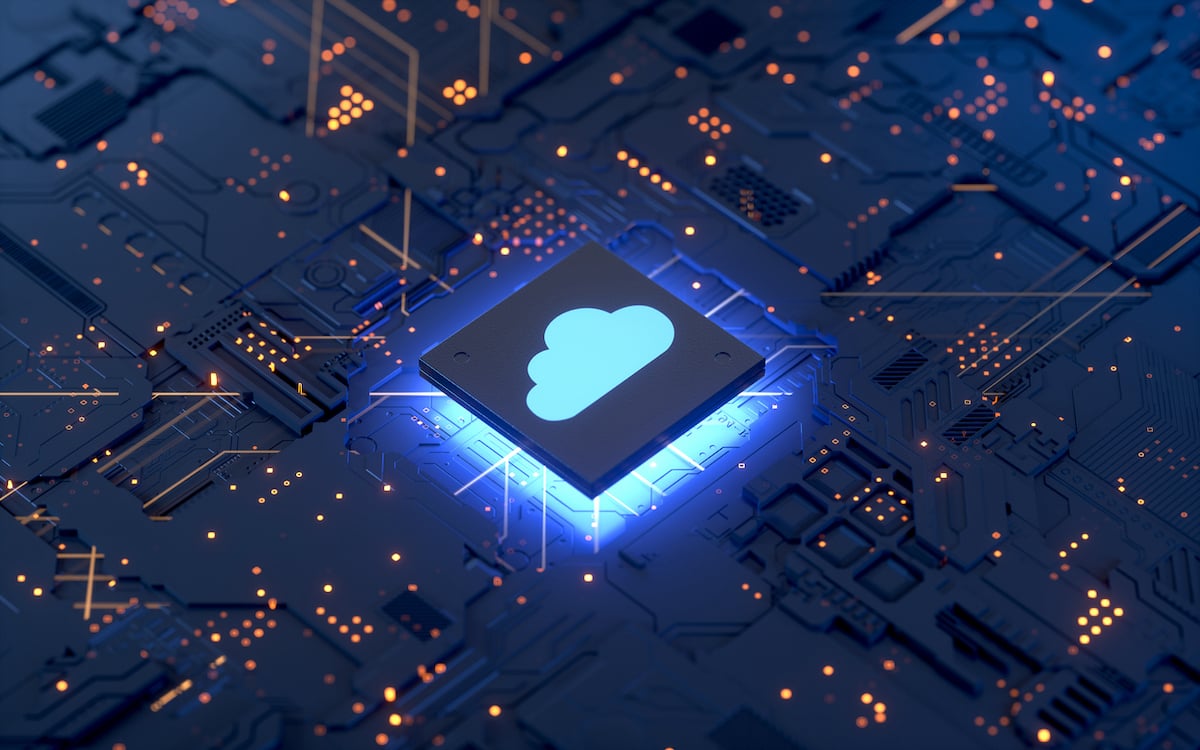
Cloud Application Shielding and Intelligent Threat Assessment
Jun 15, 2021 12:54:06 PM | Digital Hands
Cloud-based applications offer a litany of advantages to organizations. Cost efficiencies, flexible pay options, easily-distributed collaboration and decentralization or amongst the top benefits to developers. The adoption of these cloud-based solutions has become incredibly standardized in recent years due to the potential of the infrastructure-as-a-service model.
The events of 2020 have seen businesses and teams looking to remote solutions to sustain productivity. This is one major reason the proliferation and implementation of such cloud-based services have become exponentially more impactful than previously anticipated.
Searching for a Solution
Administration, file-sharing, and communication are all critical organizational needs that are now heavily reliant on web-based applications. For some time now, there has been an intense conversation regarding the security vulnerabilities and inherent blind spots presented by the concept of cloud-based architectures.
Many solutions to these concerns have been introduced to this market with varying degrees of effectiveness, but none address all of the potential pitfalls simultaneously. With no existing one-size-fits-all solution, breaches have become incredibly commonplace.
To avoid such occurrences, it is paramount that web application security relies on software-based services, redundancy, and monitoring as an effective solution.
Cloud Security Considerations
When considering cloud security, there are two main technological attack vectors malicious actors will consider: server-side and client-side attacks.
Server-side attacks focus on exploiting applications through the host or cloud aspect, whereas client-side vectors consider vulnerabilities regarding the user endpoint itself. Both of these attack vectors pose numerous potential points of engagement that require individual considerations.
Server-side attacks can encompass a wide variety of techniques, including code injection, cross-site scripting, and Distributed Denial of Service attacks. These attacks can be easily controlled by implementing proper patching practices, system hardening and firewall controls. The responsibility for these best practices may change slightly depending on the type of cloud infrastructure agreement you have agreed to (IaaS, SaaS, PaaS , etc).
Web Application Firewalls
To address these methods of attack, WAFs should be implemented. Web Application Firewalls work very similarly to a standard firewall that one would find in the home or office in that they monitor incoming and outgoing traffic while utilizing predefined policies to identify malicious or unauthorized communication attempts.
Since WAFs were designed with the security of web applications in mind, they often offer a host of tools for monitoring, logging, and detection. Real-time monitoring and threat detection are crucial in not only alerting administrators to malicious activity but also presenting an accurate representation of the threat landscape. Furthermore, many WAFs have vulnerability scanners that essentially automate and perform black-box tests to identify undetected vulnerabilities in the application and its endpoints.
It has become increasingly apparent that the threats that web apps face are ever-evolving and increasing in sophistication. It seems now that almost every week a new ground-breaking zero-day exploit is discovered putting thousands of services and users at risk. Having the ability to implement a tool that is capable of quickly assessing and evolving with these developments has made the WAF the standard first line of defense in all web-based applications.
However, they by no means provide air-tight security. Being intended as the front-line defense and method of detection, they can offer very little in the way of truly patching flaws or vulnerabilities. A common misstep when hosting an application is the over-reliance on the WAF to address new potential threat vectors.
To legitimately address potential vulnerabilities, organizations and developers must take a more proactive approach. One of the most robust ways of doing this is application shielding.
Application Shielding
Application shielding is the technique of addressing security concerns presented by an application at the design level. App Shielding’s purpose is to protect an application's source code from possible intrusion, tampering or reverse engineering attempts.
Two types of app shielding could be implemented in a given scenario, both with their own benefits and implementation hurdles. For a more involved and complex method of shielding, security can be addressed and implemented at the code level. For a simpler, more compartmentalized approach, there are many services and tools that are intended to be placed in the application’s software/ communication stack making the security processes distinctly independent from the application’s core functionality.
When developing an application from the ground up with shielding in mind, many developers employ code obfuscation to impair any potential reverse engineering or exploitation. Obfuscating code requires encryption of variables or sensitive data, proprietary or complex design methods, and the renaming of identifying labels or comments within the code.
Obfuscation is an incredibly effective method of security when combined with robust encryption, but this method of shielding can be unrealistic, too complicated, or too problematic to employ due to time and development limitations that a team can face.
The more practical and often recommended approach to application shield is the integration of automated shielding appliances. These tools are implemented into the pipeline of an application stack, allowing for a degree of encapsulation regarding what aspects of the application are accessible.
By acting as a tunnel for the transition of data and processes between the front and back end, developers can maintain control over accessibility and provide some form of inherent security on the client-side as well.
A Solid Foundation
With the implementation of WAFs and Application Shields, the resulting cloud-based application will have a solid foundation for intelligent threat mitigation going forward. However, these tools alone will not be effective if they are not properly configured or utilized. One of the most important security aspects these tools utilize are the methods of logging and threat analysis. With rapid developments constantly changing the necessary protection considerations, it cannot be understated how important fast, thorough, and actionable reports can be.
Many WAFs offer the ability to ingest, prioritize, and aggregate threat intelligence in such a way that organizations are able to determine areas of potential compromise or criticality. When crucial moments of engagement such as zero-day exploitation or DDOSs take place, time is absolutely a factor. For this reason, the ease of analysis and intelligence dissemination can mean the difference between hours of downtime, compromise, and financial loss or successful threat response and neutralization.
Next Steps
Digital Hands is a trusted leader in the cybersecurity space, experienced in the assessment and placement of accurate security solutions per end users' requirements. Digital Hands is not just a solutions reseller, but an expert in the field, implementing and training customers on security best practices to ensure they leave the engagement cyber aware.
If application shielding sounds like an affirmative security control that would not only benefit your enterprise but also safeguard your end users' data, check out what Digital Hands has to offer. Whether it be penetration tests, security audits, or a hands-off approach with their 24/7 service, reach out to a Digital Hands representative by calling (855) 511-5114. Or, visit online for more information on the full capabilities of CyGuard Web Application Shielding and to inquire how Digital Hands can implement this solution today.
Table of Contents
Subscribe to Our Monthly Newsletter
The latest on emerging threats and strategies—straight to your inbox.
By submitting this form, you agree to Digital Hands' Terms of Use and Privacy Policy.
Subscribe to Our Monthly Newsletter
The latest on emerging threats and strategies—straight to your inbox.
By submitting this form, you agree to Digital Hands' Terms of Use and Privacy Policy.



